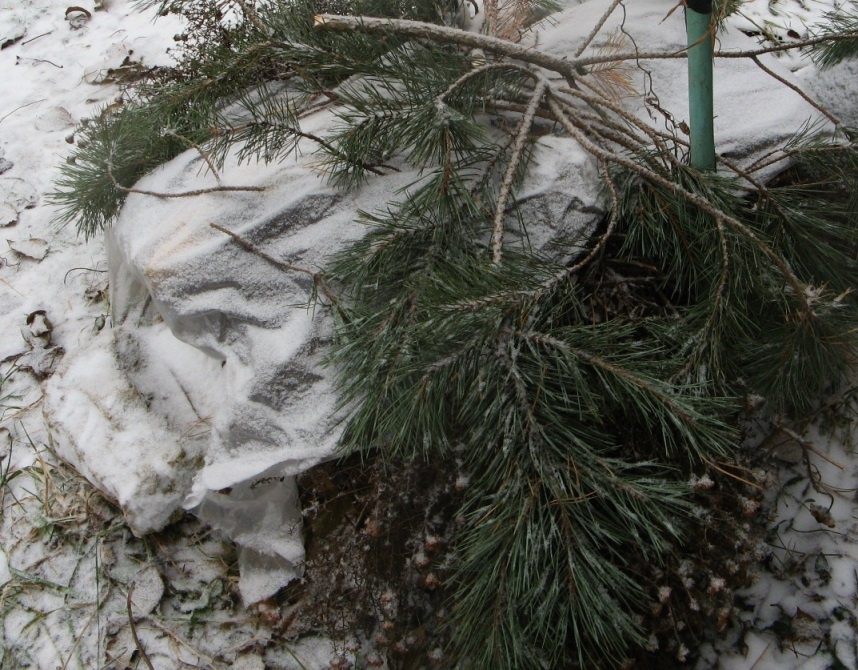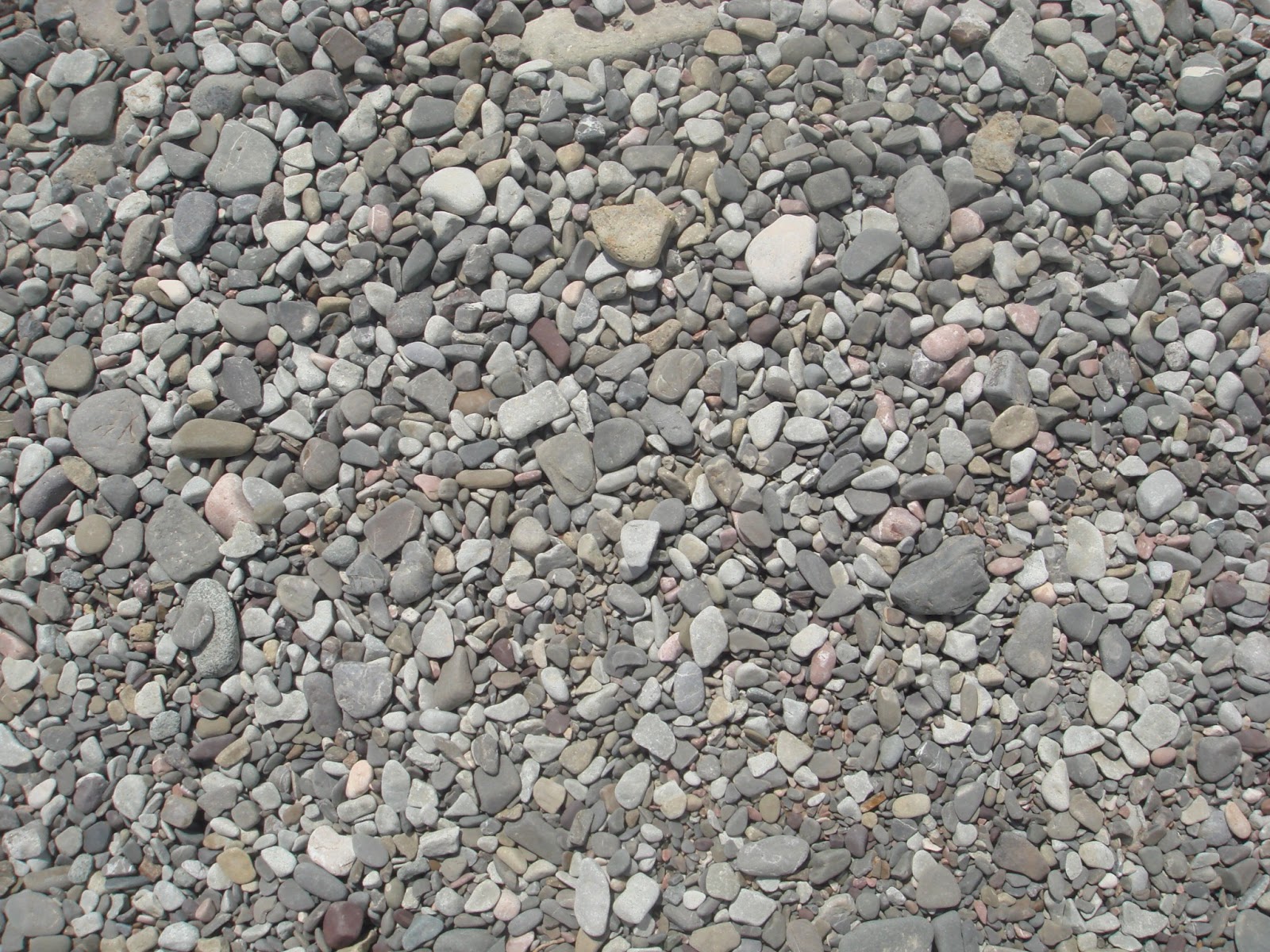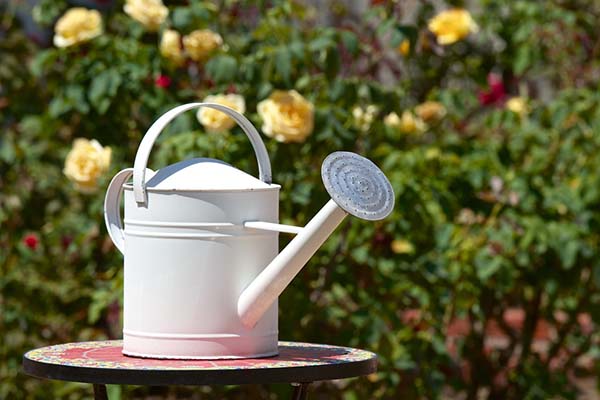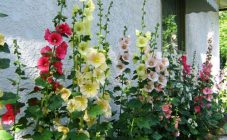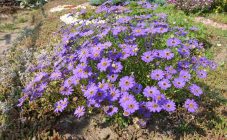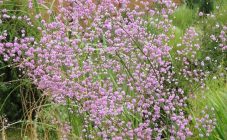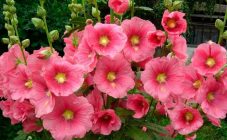Content:
Stone rose - a plant belonging to the biological group of succulents, also called rejuvenated or tenacious. A stone flower is able to germinate on such a natural material as stone. Other varieties of flowers are not able to survive in such conditions. Rejuvenated, which is part of the Tolstyankovye family, belongs to perennial plants. Suitable for growing on a windowsill and outdoors. The flowers are small. There are a large number of varietal varieties of this plant, which makes it suitable for collecting.
How to grow young
Although the planting and care of the stone rose does not have to be meticulous compared to other varieties of flowers, you should adhere to certain recommendations for growing:
- The stone flower should grow in a well-lit and bright area. However, the plant should not be exposed to direct sunlight. In addition, if the flowerbed where the cultivation takes place is located in shade, this is also considered harmful to the stone rose;
- In the spring and summer seasons, the flower is watered once every week, in winter - once every two weeks. The plant is able to maintain a supply of moisture, which allows it to stay without watering for a long time.
- Since the stone rose is an unpretentious crop, it is not necessary to observe a certain temperature or climatic regime. This plant can withstand both low and high temperatures;
- There is no need to spray a stone flower every day, especially in winter - carrying out this procedure will have a bad effect on the condition of the rose. The pot does not need to be filled with soil enriched with minerals - a large supply of sand is needed for the rejuvenation. The use of ready-made soil mixes for succulents is acceptable.
Stone rose breeding methods
The stone flower can be propagated in two ways:
- seminal;
- vegetative.
Reproduction using seeds
Seed propagation is considered the most time consuming. To do this, you need to prepare a container with loosened and moistened soil, where the flower seeds are sown. After that, the box, covered with glass, is placed in a bright, warm place. Next, you should prepare a seat, where to plant the young in the summer. In the winter season, the rose is wrapped up with spruce branches or other special material.
Reproduction by a vegetative method
The plant is capable of vegetative propagation in a more accelerated period. In the deepening of a thick leaf, shoots emerge, turning into small rosettes, which are connected to the main flower with the help of elongated processes. Through these kidneys, water and useful elements are extracted. In the future, each outlet must be rooted in a permanent place, in moist soil.
The stone rose is practically not exposed to pests and any diseases.However, excessive moisture leads to rotting of the young. If this happens, it is necessary to stop watering work, and also to start removing rot.
Sometimes the plant's feet are deformed due to gnawing by the larvae of May beetles. Also, a stone rose can only be damaged by certain species of birds, which bite off their leaves, which have a fleshy consistency.
Landing
The stone rose can be grown both in open ground and at home.
Disembarkation at home
Rejuvenated should be planted in an open, abundantly lit place - when planting under a tree, a stone rose may die due to being under fallen leaves, since these conditions contribute to the decay of the flower. When planting a young plant on a personal plot, it can be combined with any variety of plants, however, it is better not to plant it with representatives of wild growing ones - such flora inhibits the process of plant development, blocking access to sunlight from the sockets. Rejuvenated varieties Russkoe, as well as other varietal varieties included in the deciduous group, are able to grow in shady conditions. Lack of lighting for other varieties leads to elongation of leaves, as well as loss of dense consistency of rosettes.
The unpretentiousness of the stone color to the conditions of planting allows it to be grown in the following types of soil:
- rocky;
- sandy;
- spent after sowing.
The presence of stones and sand mound serves as a moisture drain, since its excessive amount negatively affects the state of the plant's root system. It is also permissible to plant a stone rose in clay-chernozem soil, however, in this case, the presence of a root drainage layer, the material for the creation of which is small pebbles or gravel, is mandatory.
When planting a stone flower, you should adhere to a 15-centimeter distance between each of the outlets. The planting season begins in early spring and ends by the end of September. The size of the gap during planting is due to the specific varietal variety - with a larger outlet, the distance increases. Since the growth of rejuvenation occurs in a short time, the flower bed needs periodic thinning.
Planting at home
When planting a stone rose at home in a special container by seed, sowing planting material should be carried out by the beginning of spring. The temperature in the room where germination is carried out should be at least + 20 ° C.
How to care after landing
There are a number of features that a stone rose has when planting and nursing outdoors.
Watering works
Rejuvenated does not require watering or spraying too often - there is a certain amount of moisture in the fleshy leaves. Thus, this flower should be watered twice a week, when dry weather is established in the summer season. The need for watering is only available when planting outlets in the ground.
Watering the plant is carried out by the root method. The ingress of water into the central part of the outlet will lead to plant decay. When growing a stone flower on a windowsill, it is watered twice a month, in the summer season - once a month. An excess of fluid is manifested in the lethargy of the leaves of the lower tier, which subsequently dry out.
How to fertilize the young
Often, poor soil is suitable for the development of rejuvenation, into which no fertilizers have been applied. However, flowering is impossible without the presence of nutrients.
With an overabundance of fertilizers, the appearance of the flower deforms, which is reflected in the elongation and disintegration of the rosette, lightening of the leaves and the loss of decorativeness. Fertilization, like watering, is rarely carried out. First of all, the soil is spilled with clean water, after which liquid mineral essence is introduced - this will prevent the burning of the root system.
How to care when growing in a pot
Rejuvenated suitable for growing on a home windowsill. To make the composition more decorative, a certain number of different sockets are planted in one planting pot. A home rose does not require undue care, as does one grown outdoors.
The bottom of the planting tank is filled with drainage, one third of it is filled with expanded clay layer. You can use an un-enriched substrate designed for cacti by adding chunks of coal to it, which will absorb excess liquid. Indoor rejuvenation does not need frequent watering.
Outdoor care in winter
Until winter is over, open ground conditions are quite suitable for growing young. The only condition is to prevent liquid from entering the central part of the outlet for decorative varieties. This can be done by covering the garden flower with polyethylene or a shortened plastic bottle, as well as spruce branches. Any shelter material should be secured in case of strong wind gusts.
Young plants planted in late summer also need to be covered. If you have a small number of outlets, you can dig them out for wintering, and with the onset of the spring season, plant them again on the garden plot.
Stone rose transplant
When replanting the plant from the planting tank to the open ground in the yard, it is necessary to move the root lump of earth with it. The open rosette is easily pressed into the soil. Normal formation can be carried out in the presence of several centimeters of land, due to the weak development of the root system located outside. The minimum spacing between adult outlets is 15 centimeters.
Rejuvenated is a wonderful ornamental plant suitable for planting both on the windowsill and in the garden. In view of the large varietal diversity of this species, as well as the fact that it is quite easy to care for it, the young is very popular among domestic florists.

